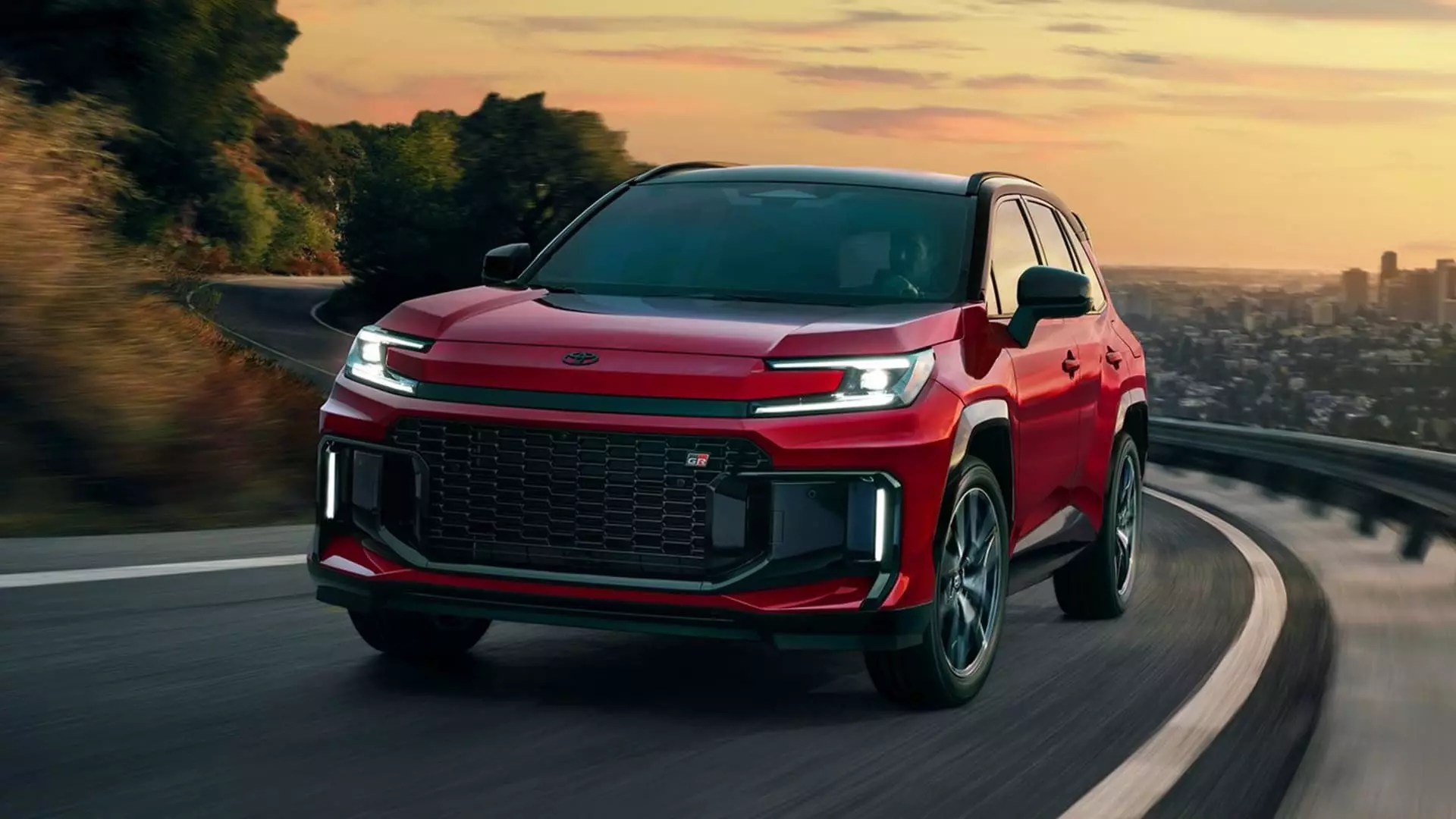The landscape of automotive design and consumer preferences is shifting dramatically, a fact brilliantly underscored by Toyota’s bold move to offer the 2026 RAV4 exclusively as a hybrid model. This decision marks a significant turning point in a market overly saturated with traditional gas-powered vehicles, showcasing a profound embrace of hybrid technology that blends traditional and modern engineering. Embracing hybrid models not only speaks to environmental sustainability—a cause that resonates deeply with today’s conscientious consumers—but also reflects a growing acknowledgment of hybrid performance, as evidenced by an impressive 29.3% surge in hybrid sales last year.
Some contemporary automakers have been so quick to chase the electric vehicle (EV) dream that they’ve overlooked hybrids, which provide an ideal intermediate solution for consumers reluctant to fully commit to battery-driven cars. This hybrid RAV4 can be perceived as a smart bridge between traditional combustion engines and a fully electrified future. By focusing on substantive hybrid adoption, Toyota is playing a crucial role in averting the risks associated with an abrupt transition to all-electric vehicles.
Adapting to Consumer Demand
Toyota’s decision to pivot to an all-hybrid RAV4 offering appears astute when reviewing the current customer sentiment. Market trends indicate a robust demand for hybrid models; the fact that hybrids represent 44% of RAV4 sales speaks volumes about consumer preference. For many, the hybrid is not merely a transitional technology—it’s an evolved solution that delivers efficiency without the range anxiety commonly associated with all-electric vehicles. Toyota’s leadership seems to understand that customer preferences are shifting toward efficiency, speed, and convenience, and they are strategically aligning their production in response to these trends.
Moreover, by channeling focus toward hybrids, Toyota is responding to the voices of dealerships and consumers alike. David Christ, head of the Toyota brand in North America, articulated this shift perfectly, noting that customers and dealers are actively “voting for the hybrid.” Not only is Toyota retaining its loyal customer base, but it is also attracting new buyers drawn to the RAV4’s eco-friendly appeal. The company’s foresight in recognizing this demand could be the key differentiator in an ever-competitive market.
The Impact of e-Vehicles on Traditional Markets
While electrification is undoubtedly the future, the slow adoption rates of fully electric vehicles indicate that consumers still shy away from completely relinquishing traditional engine reliability. Despite the push from certain groups pushing for an electric-only automotive future, many people cling to the familiar feel of a gas-powered engine, making hybrids the ideal compromise. The figures cited in automotive sales, with hybrids making up over 20% of new car sales, accentuate that hybrids are quickly transitioning from niche to the mainstream. Toyota recognizes the importance of this transition time, and in doing so, may be positioning itself as the pioneer in the hybrid SUV segment—a win-win for consumers and engineers alike.
In contrast, competition from pure electric vehicles is likely to heat up, with automakers racing for sales supremacy. Nevertheless, the current consumer landscape indicates a palpable hesitation for complete reliance on electric vehicles among a considerable demographic. Toyota’s decision to centralize the RAV4’s powertrain around hybrid technology acknowledges this hesitation and directly caters to a market that still values tangible efficiency and performance.
Challenges Ahead: Economic and Political Landscape
However, Toyota’s path is not without its hurdles. The current U.S. political landscape, particularly under President Trump, poses economic challenges, notably with substantial tariffs on imported vehicles. The fact that a significant percentage of RAV4 units are sourced externally, including 84.3% being imported, raises concerns about price increases that may alienate potential buyers. Mark Templin, chief operating officer of Toyota Motor North America, emphasized Toyota’s endeavor to address these challenges by increasing local production. They are seemingly aware that overcoming such barriers is crucial for maintaining their position as market leaders.
The uncertainty surrounding tariffs adds another layer of complexity to an already fluid automotive market. As Templin astutely pointed out, “the worst thing for an industry is uncertainty.” As Toyota grapples with production logistics and import challenges, they must also craft strategies that not only ensure profitability but also foster consumer loyalty.
In this intricate web of consumer preference, environmental responsibility, and economic challenges, Toyota’s bold move toward a hybrid-only RAV4 underscores their commitment to adaptation and innovation. By steering the ship towards eco-friendly technologies while navigating complex socio-economic currents, the company has the potential to reshape the automotive future, making the RAV4 not just a car but a symbol of a new era in sustainable driving.


Leave a Reply